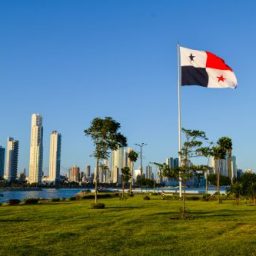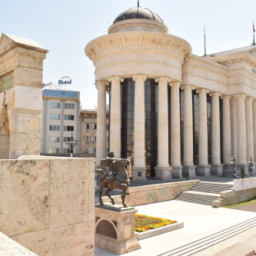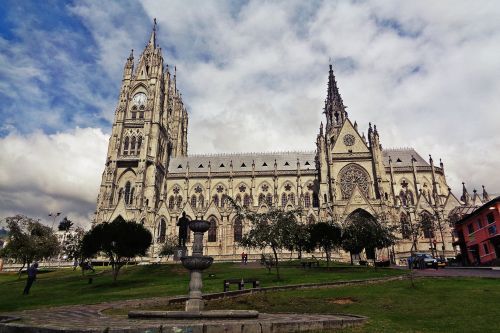

Though a petite state compared to its large neighbours, Ecuador is a homeland of many languages, each spinning tales of a rich past and vibrant culture. Beyond Spanish, Quichua, and Shuar, there are many indigenous tongues worth getting to know before they extinct.
Ecuador is a tourist magnet for exotic landscapes and delicious tastes. The Galápagos Islands, the Amazon basin, the high Andes, and dizzying biodiversity all beckon to the wide-eyed traveller. In our virtual tour, we will focus on the languages spoken by the nation. Buckle up, it is time for an adventure!
Contents
Where is Ecuador?
Nestled on the western ends of South America and descending to the Pacific Ocean, Ecuador is adjacent to Colombia in the north and Peru in the east and south. Its name is a nod to the equator. Ecuador’s borders also include the Galápagos Islands, scattered a thousand kilometres west of the mainland. This archipelago is renowned for its one-of-a-kind flora and fauna, which prodded Charles Darwin into creating his ground-breaking theory of evolution.
The Republic of Ecuador is divided up into provinces (provincias), further segmented into 217 cantons (cantones), and 1,024 civil parishes (parroquias civiles). The urban hive buzzes in its capital, Quito, and Guayaquil, each a metropolis inhabited by over two million people.
Official language of Ecuador
Spanish, like in most countries in the region, is the main language of Ecuador, with 97% of the population fluently speaking it (source: Translators without Borders). This language has three distinctive regional accents: Amazonian Spanish, Andean Spanish, and Coastal Spanish. In the urban areas and along the coast, most people are monolingual, speaking only Spanish.
Are you on the hunt for someone to take care of your team during a trip to Ecuador or another South American country? Our Spanish interpreter is ready to assume that responsibility. Equipped with a potent blend of language skills and charisma, he will ensure that your crew is in good hands, both for professional negotiations and sightseeing.
History of the Spanish language in Ecuador
The first encounter with the Ecuadorian indigenous people with Spanish occurred in the 16th century when the Spaniards set foot on South American land. The colonisers imposed their customs, culture, and language, casting a shadow over indigenous tongues. This catalysed a birth of a unique Spanish dialect, known as español ecuatoriano, a linguistic cocktail that carries words from indigenous tongues.
Influences on the Spanish language in Ecuador
Ecuador is a home of many languages, but two of them, Quichua and Shuar, have left an indelible fingerprint on Spanish. Their footprints can be traced in the vocabulary, grammar, and phonetics of Ecuadorian Spanish. Words such as guagua (“baby”) from Quichua and chonta (a type of palm) from Shuar have been introduced in Spanish and found their way into the everyday lexicon of Ecuadorians.
Ecuadorian Spanish
Ecuadorian Spanish, much like the variants spoken in other regions of South America, has many differences distinguishing it from the standard language version. One of its linguistic features is the seseo, where the pronunciation of “s” and “z” becomes one and the same. This little twist leaves words like casa (“house”) and caza (“hunting”) sounding identical. So, how do Ecuadorians tell them apart? Only by using common sense. Another phonological difference is yeísmo: the letters “y” and “ll” are pronounced in the same way, as a long “i”.
In contrast to the Spanish castellano, where vosotros signals the second-person plural, in Ecuador (and many Latin American countries) ustedes (the polite form) reigns supreme, irrespective of the relation between interlocutors.
Venture into the streets of Ecuadorian cities, and your ears will pick up distinctive words and phrases not found in castellano. Some examples include chévere (“cool”), guambra (“young person”), chuchaqui (“hangover”), mijo (“my child”), and chulla vida (“enjoy life”). These unique expressions add up to the colourful local dialect.
Culture of Ecuador
Since 1875, the Ecuadorian Academy of Literature (Academia Ecuatoriana de la Lengua), connected with the prestigious Royal Spanish Academy in Madrid, has been actively working to promote Spanish culture in the territory. The country’s oldest institution of higher education is the Central University of Ecuador in Quito, founded in 1620.
The Ecuadorian literary masterpieces include Jorge Icaza’s Huasipungo, a mesmerising example of magical realism. José de la Cuadra’s Sangurimas is another noteworthy gem, as is Medardo Ángel Silva’s novel, María Jesús. These pieces invite readers to submerge into Ecuadorian culture.
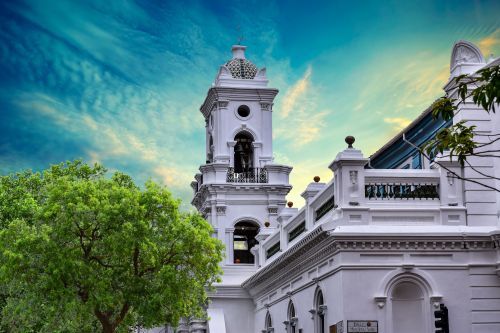

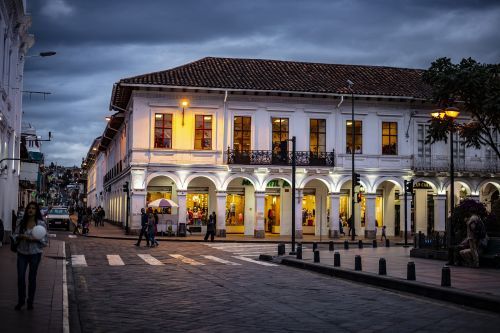
Ecuadorian indigenous languages
According to Ethnologue, Ecuador is a linguistic mosaic, with 21 indigenous languages still used in everyday conversations. The most widely spoken among these are Quicha, used by 5%, and Shuar, spoken by 1% of the population (source: Translators without Borders). Most speakers of these languages can be found in the rustic countryside and the majestic mountains. Almost all of them are bilingual, switching between languages in their daily lives.
Quichua in Ecuador
Once the voice of the grand Incan Empire, Quichua is now spoken by about 730,000 people in Ecuador (source: worlddata.info). It is an agglutinative language, meaning it builds words by stacking various suffixes onto a root. The Latin alphabet is used in writing.
Quichua refers to itself as runa simi, translating to “language of the people”. Unfortunately, it is used less and less often, as many young people lean towards Spanish, which opens up more opportunities for professional development. Nevertheless, the government is committed to preserving local culture and taking steps to strengthen the presence of Quichua’s culture in the society.
Shuar in Ecuador
The second most popular indigenous language in Ecuador is Shuar, engaging about 41,000 speakers (source: goraymi.com). The Shuar people inhabit the Amazonian provinces of Pastaza and Morona Santiago.
Much like most indigenous South American languages, Shuar stands on the brink of extinction. The younger generation within local communities increasingly adopts Spanish as their common language. This trend owes much to social and economic pressure that encourages assimilation with the dominant Spanish-speaking culture.
Záparo language
One of the languages that will disappear soon, not only from the map of Ecuador but the whole world, is Záparo. Once used through the Amazonian province of Pastaza by the people who inhabited it, it is now nearly extinct. Today, the Záparo people predominantly use Quichua for their daily communication. As of 2017, the Záparo language was a treasure held by 5 individuals (source: worldatlas.com). Now, it can be used as a reminder of the fragile balance between linguistic diversity and global communication.
English language in Ecuador
English is not a popular language in Ecuador. The EF English Proficiency Index ranks the country 82nd out of 111 surveyed nations, placing it 18th out of the 20 South American countries examined. The lion’s share of English speakers can be found in the country’s capital, Quito, and other major cities.
English at a communicative level is a prerequisite for the vast majority of international corporations. But how do you ensure that candidates have mastered the tongue? The Focus Audit Tool will conduct a language test on your behalf, examining key competencies (writing, reading, listening, and speaking). You are then left with the task of making a decision.
What should you know before visiting Ecuador?
For many countries, including most European nations, the United States and Canada, you do not need a visa for tourist stays of up to 90 days. Always verify this information with official sources, since the regulations can change. Check your country’s latest travel advisories for Ecuador. Some parts of Ecuador are safer than others, so ensure you are well-informed before your journey.
Yellow Fever vaccination is recommended for those who plan to visit jungle areas. Moreover, altitude sickness might be an issue if you plan to visit high-altitude places like Quito or Cuenca.
Ecuador uses the United States dollar as its official currency. It is wise to have cash on hand, especially in rural areas, though credit cards are commonly accepted in larger cities and towns. So pack your bags, keep our tips in mind, and get set for an Ecuadorian adventure!
Travel to Ecuador
Exploring the languages of Ecuador: Spanish, Quichua, Shuar, and other indigenous tongues is a gateway to understanding this country: its history, culture, and people. Whether you are a linguist, a traveller, or a simply curious observer, uncovering Ecuador’s linguistic landscape is a captivating journey.
To ensure smooth communication during your travels, consider signing up for Spanish classes. Do you think language courses are not your cup of tea? Give us a chance to convince you otherwise! Learning can be a breeze! With just a month of intensive lessons, you will secure solid foundations for simple conversations and be surprised by how much you truly comprehend.





